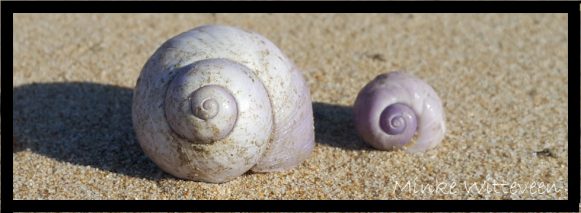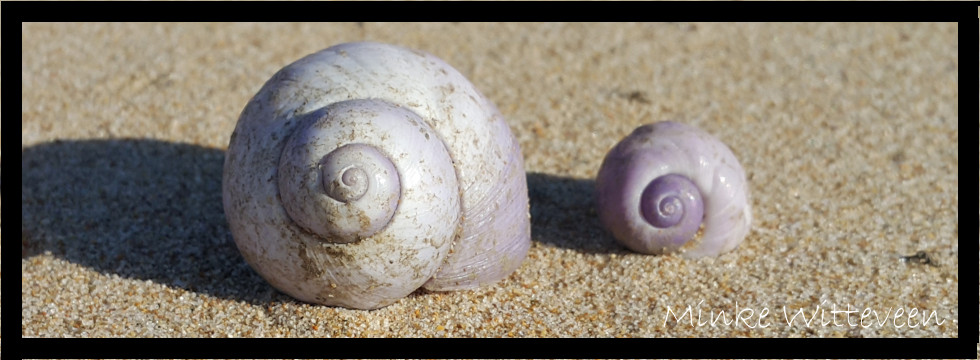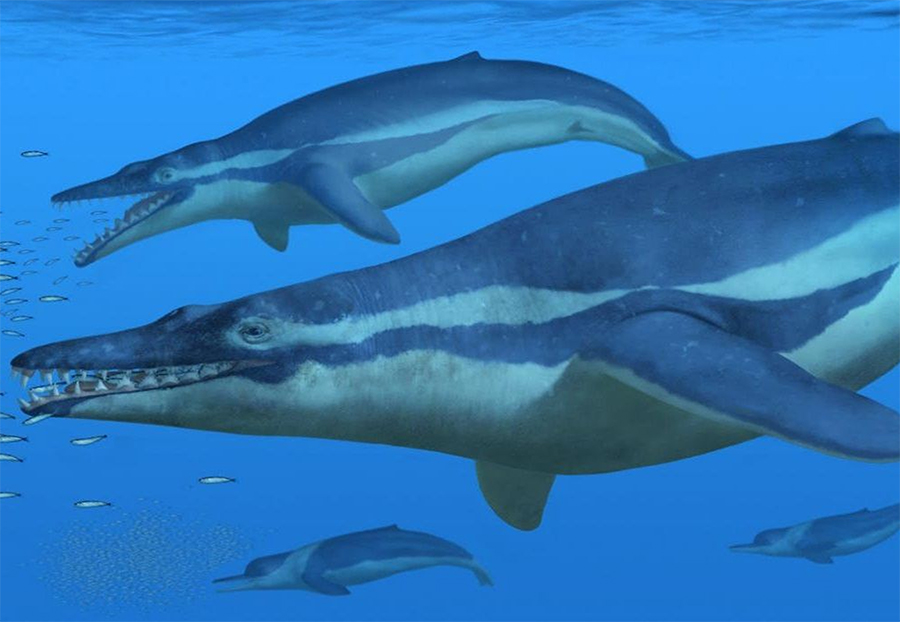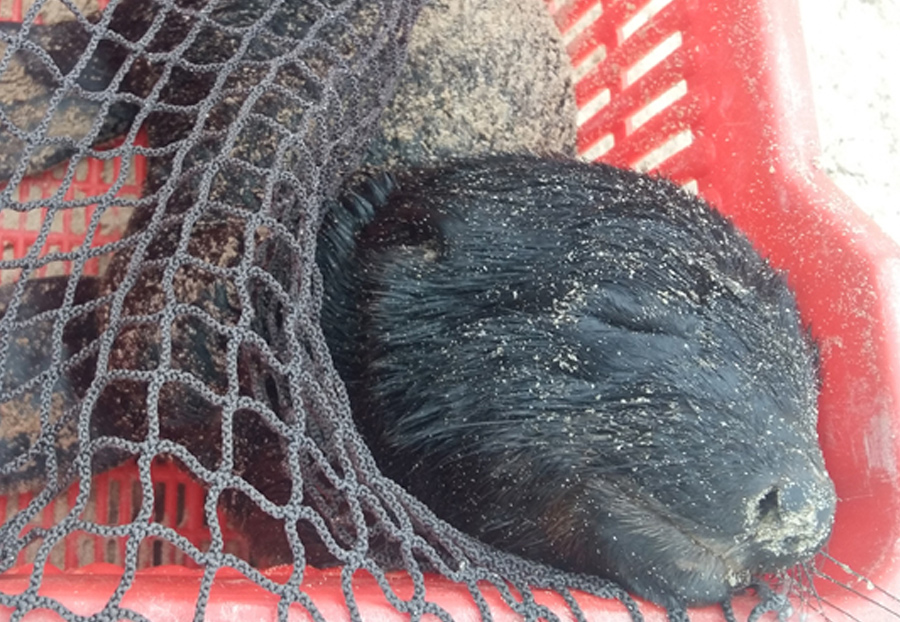The violet snail and its bubble raft

Amidst the seaweed, debris, and shells washed up on the beach, you may find a peculiar purple shell, with a thin, fragile shell, looking for all intents and purposes like a garden snail, except for its beautiful violet colour. This is the violet snail, or bubble raft shell, Janthina janthina, which, as a family (Janthinidae), are rather unique among marine gastropods. Violet snails live in the neuston (also pleuston) which is the upper ecological level (top few centimeters) of the marine environment, the other levels being the benthos, or sea floor, and the pelagos, or water column. The neuston is a thin but expansive habitat, and the violet snail, growing to 3-4 cm in size, is one of the larger organisms found in it. What makes this species, and the others in the family, so fascinating is its production and use of a bubble raft. Bubbles are used by a variety of animals to achieve important functions. Violet snails secrete mucous from a gland in its foot which it uses to form air bubbles by agitating the water with its foot. The mucous bubbles join into a floating raft which the snail attaches to, and uses to travel the open ocean. The snail hangs upside down below the bubble raft, and makes use of a camouflage strategy called countershading. The top of the snail is a lighter violet so as it hangs upside down predators in the water column struggle to see it against the lighter sky background, and the bottom of the snail is a dark violet where predators in the air may not see it against the dark sea background. The violet snail eats organisms likewise floating in the neuston, such as the Portuguese man of war, and raft hydroid. In turn, the violet snail is eaten by turtles. Floating on the ocean surface means that it is at the mercy of the ocean currents and prevailing winds, which is why you may find the violet snail washed up on the beach, bubble raft intact, along with bluebottles. Keep your eyes open!
Written by: Minke Witteveen
For further reading:
- Churchill, C.K.C., Foighill, D.Ó., Strong, E.E. and Gittenberger, A. 2011. Females floated first in bubble-rafting snails. Current Biology 21: 802-803.
- Lalli, C.M. and Gilmer, R.W. 1989. Pelagic Snails. The Biology of Holoplanktonic Gastropod Mollusks. Stanford University Press, Stanford.




